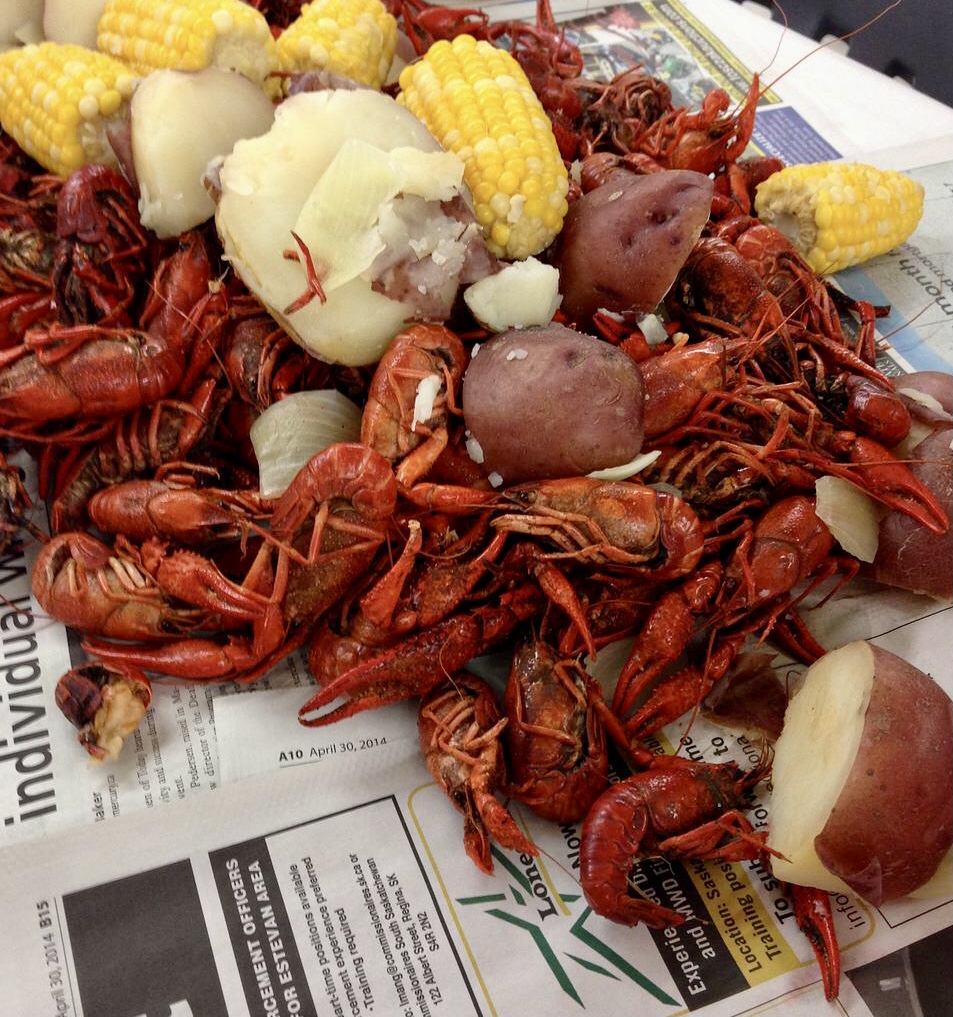Crawfish, Mudbugs, or Crawdads?
No matter what you call these divine little crustaceans, they’re more than just a Mississippi delicacy; they are a summertime food group!
And here in the Magnolia State, we like our crawfish boiled spicy with potatoes, corn, sausage, onions, peppers, and occasionally Brussels sprouts and mushrooms.
We want our crawfish served in pounds across a newspaper-covered, paper-towel-roll-dotted table. And if you’re a crawfish boiling king, those makeshift tables rest on aluminum trash cans and feature giant holes to toss the shells right in.
During crawfish season, the scent of Cajun spices coming from backyard boils is a pretty typical summertime scenario in Mississippi, but that wasn’t always the case.
Native Americans were first eating mudbugs long before the Europeans arrived in Mississippi. Local tribes would put reeds baited with deer meat into creeks and ponds to catch the crawfish.
In the 1700s, Acadians, now Cajuns, arrived from Canada and settled along the coastal bayous. Crawdads were considered a poor man’s food and eaten mostly out of necessity, as it was cheap and readily accessible.
By the 1800s, the Acadians were modifying lobster recipes from their French Canadian roots to suit the smaller crustacean by making Des Ecrevisses Bouillies. The recipe called for 50 or so crawfish, a gallon of water, herb bouquets, French vinegar or white wine, garlic cloves, salt, cayenne pepper, and garnishes of parsley and lemon.
Once the Creole restaurateurs in New Orleans caught on, crawfish boils took off in the Big Easy and the secret was out. Crawfish boils became synonymous with Mississippi cooking.
Boiled crawfish was first served as restaurant appetizers and has now transformed into all-day social events.
So, whether you call them crawfish, mudbugs, or crawdads we all feel a little bit of that Cajun joie de vivre when we pinch the tail and suck the head.




